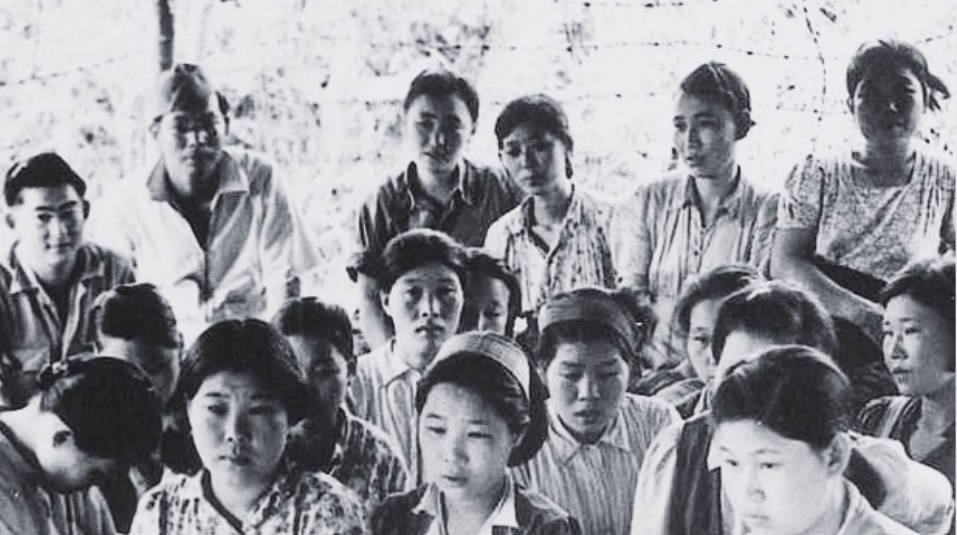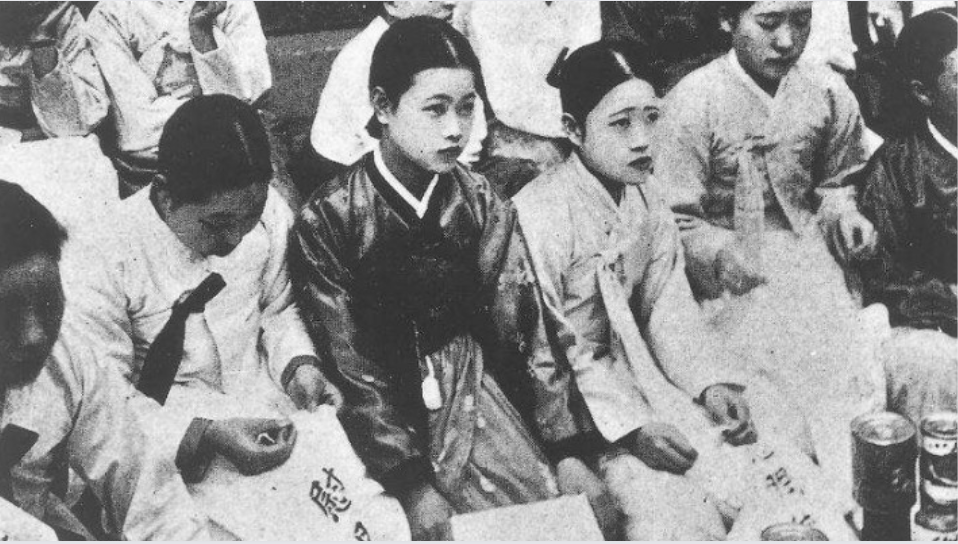
Brothels in occupied Asia were similar to French military field brothels (BMC) and were run by the army, navy, local governments or private individuals. Officially called "comfort stations" or "relaxation centers" (ianjo), they housed an average of ten or fifteen women. Soldiers often referred to them as "P houses", the "P" meaning prostitute or vagina in Mandarin. The establishments were generally simple barracks, moving according to theaters of operation. Their number is estimated at between 1,000 and 2,000, spread throughout occupied Asia, including the Pacific islands.
Soldiers often referred to them as "P houses", the "P" meaning prostitute or vagina in Mandarin. The establishments were generally simple barracks, moving according to theaters of operation. Their number is estimated at between 1,000 and 2,000, spread throughout occupied Asia, including the Pacific islands. The owners received part of the price of the passes, while the women, although entitled to remuneration under Japanese army regulations, did not always take advantage of it. The regulations also prohibited weapons and alcohol. The Japanese rulers set operating rules, such as opening hours (9 a.m. to midnight, every day), rest days (2 days a month during menstruation), room disinfection, medical visits and treatment of women with venereal diseases.


Women forcibly integrated into brothels to serve as "comfort women" were generally unmarried, often underage. To enlist them, false recruitment as waitresses or workers was organized, and abductions were also common. Japanese women were also deceived by the Women's Volunteer Corps, which was supposed to provide manpower for the factories. The Kenpeitai and Tokkeitai military police ensured recruitment by forcing village chiefs to round up all young women, and by pursuing young women designated as volunteers who escaped.
As for living conditions, they were akin to slavery, according to many accounts. Women were considered to belong to brothels, and were often mistreated, tortured or even mutilated by soldiers. Some were executed if the soldier was not satisfied. Attempts to escape were also punished by sometimes lethal violence. Even pre-pubescent victims were forced to work without pay, their parents having to provide them with clothing and food. Japanese rulers set the rules, with women's health and living conditions taking precedence over those of Japanese soldiers.